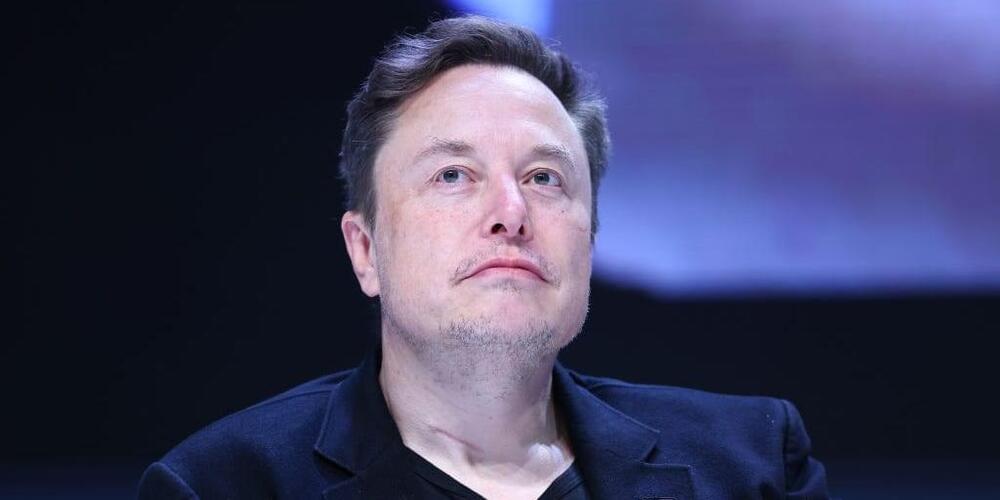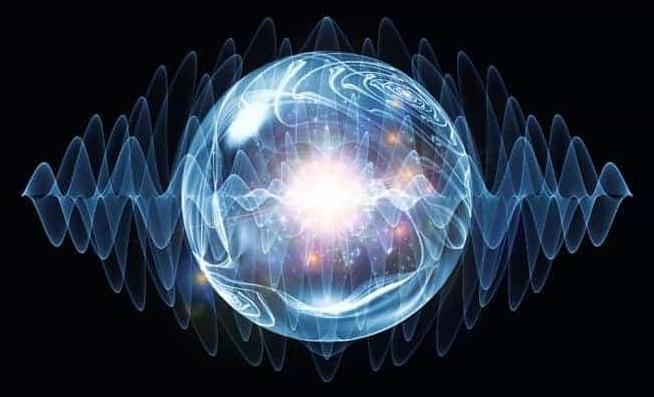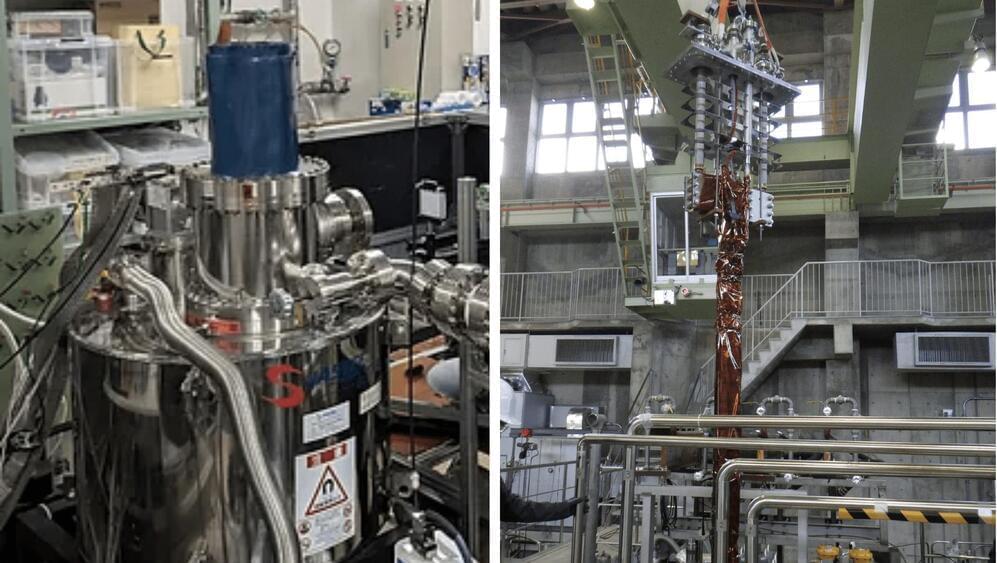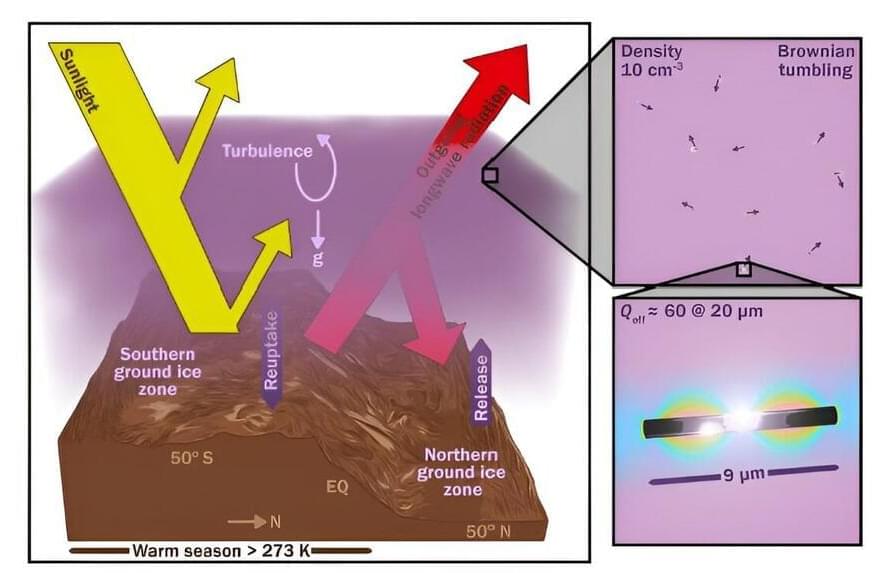Page 341
Sep 1, 2024
How Neuralink Could Change Humanity Forever
Posted by Dan Breeden in categories: media & arts, neuroscience
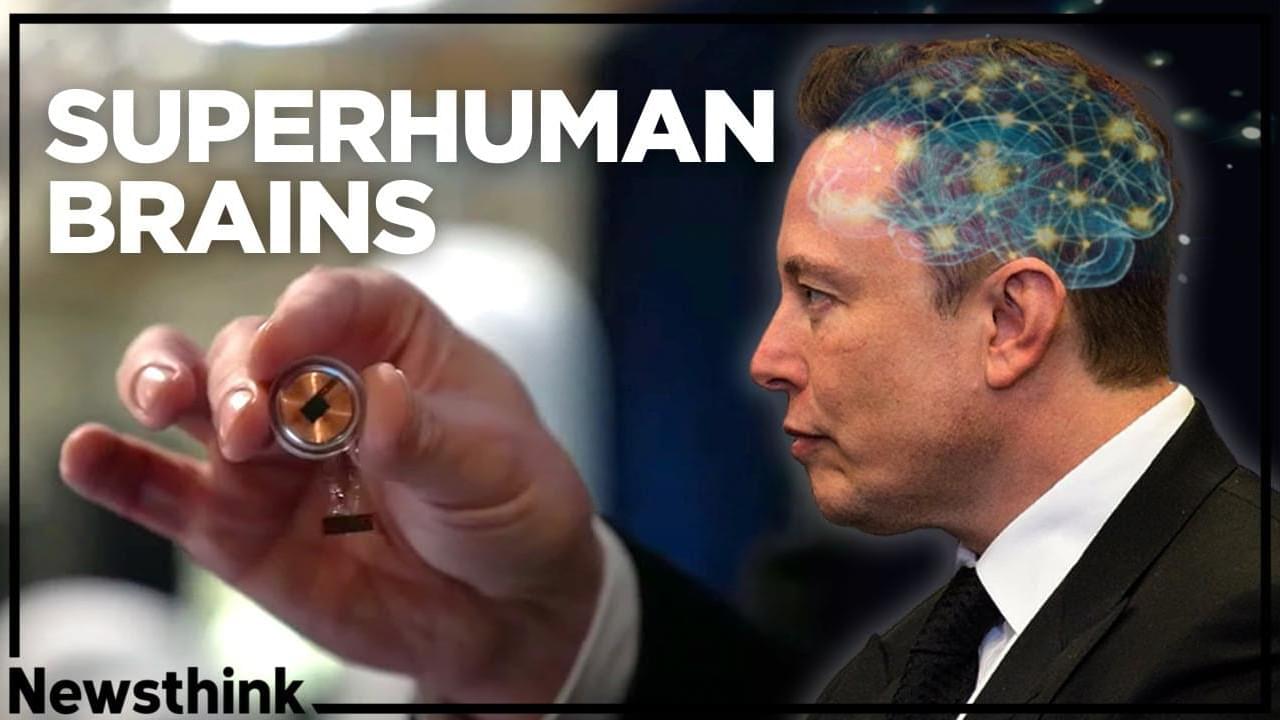
Enjoy the videos and music you love, upload original content, and share it all with friends, family, and the world on YouTube.
Sep 1, 2024
Elon Musk says Starlink will let people stranded in the wilderness access emergency services on their phones for free
Posted by Kelvin Dafiaghor in categories: Elon Musk, internet
Elon Musk said Starlink’s direct-to-cellular service would provide free emergency services at SpaceX seeks FCC approval for the technology.
Sep 1, 2024
Startup Alarmed When Its AI Starts Rickrolling Clients
Posted by Kelvin Dafiaghor in category: robotics/AI
We’ve reached a new milestone in the uncanny valley, folks: AIs are now Rickrolling humans.
In a now-viral post on X-formerly-Twitter, Flo Crivello, the CEO of the AI assistant firm Lindy, explained how this bizarre memetic situation featuring Rick Astley’s 1987 hit “Never Gonna Give You Up” came to pass.
Known as “Lindys,” the company’s AI assistants are intended to help customers with various tasks. Part of a Lindy’s job is to teach clients how to use the platform, and it was during this task that the AI helper provided a link to a video tutorial that wasn’t supposed to exist.
Sep 1, 2024
Scientists Extract Energy from “Nothing” Using Quantum Mechanics
Posted by Shubham Ghosh Roy in categories: energy, quantum physics
Physicists Successfully Demonstrate Quantum Energy Teleportation in Lab Experiments
TL;DR
Bob finds himself in need of energy — he wants to charge that fanciful quantum battery — but all he has access to is empty space. Fortunately, his friend Alice has a fully equipped physics lab in a far-off location. Alice measures the field in her lab, injecting energy into it there and learning about its fluctuations. This experiment bumps the overall field out of the ground state, but as far as Bob can tell, his vacuum remains in the minimum-energy state, randomly fluctuating. But then Alice texts Bob her findings about the vacuum around her location, essentially telling Bob when to plug in his battery. After Bob reads her message, he can use the newfound knowledge to prepare an experiment that extracts energy from the vacuum — up to the amount injected by Alice.
Sep 1, 2024
Mitochondria Dump DNA in The Brain, Potentially Cutting Years Off Our Lives
Posted by Genevieve Klien in categories: biotech/medical, chemistry, neuroscience, nuclear energy

Scraps of DNA discarded by our neurons’ power units are being absorbed into our nuclear genome far more frequently than assumed, potentially putting our brains at greater risk of developing life-threatening conditions.
An investigation by a team of researchers led by Columbia University in the US has found individuals with higher numbers of nuclear mitochondrial insertions – or NUMTs (pronounced new-mites) – in their brain cells are more likely to die earlier than those with fewer DNA transfers.
Continue reading “Mitochondria Dump DNA in The Brain, Potentially Cutting Years Off Our Lives” »
Sep 1, 2024
Japan to launch world’s first steady-state nuclear fusion reactor
Posted by Genevieve Klien in category: nuclear energy
Helical Fusion, a Tokyo-based startup, is developing a groundbreaking steady-state fusion reactor that could provide limitless clean energy.
Sep 1, 2024
Lockheed Martin hints at existence of aircraft faster than SR-71 Blackbird
Posted by Kelvin Dafiaghor in category: transportation
What could be faster than the long-range, high-altitude, Mach 3+ strategic reconnaissance aircraft, the Lockheed SR-71 ‘Blackbird’
Sep 1, 2024
AI Models Scaled Up 10,000x Are Possible by 2030, Report Says
Posted by Kelvin Dafiaghor in category: robotics/AI
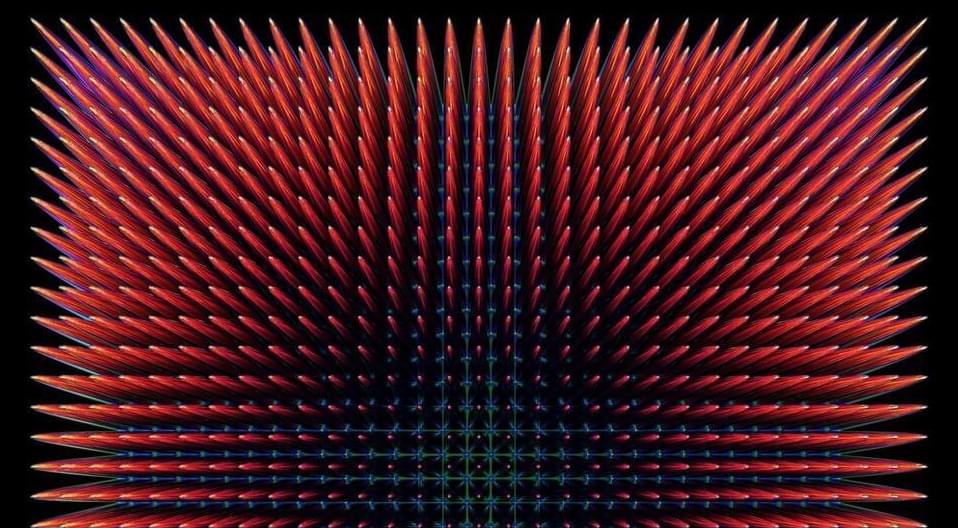
“If pursued, we might see by the end of the decade advances in AI as drastic as the difference between the rudimentary text generation of GPT-2 in 2019 and the sophisticated problem-solving abilities of GPT-4 in 2023,” Epoch wrote in a recent research report detailing how likely it is this scenario is possible.
But modern AI already sucks in a significant amount of power, tens of thousands of advanced chips, and trillions of online examples. Meanwhile, the industry has endured chip shortages, and studies suggest it may run out of quality training data. Assuming companies continue to invest in AI scaling: Is growth at this rate even technically possible?
Continue reading “AI Models Scaled Up 10,000x Are Possible by 2030, Report Says” »
Sep 1, 2024
Model Suggests Spewing Metal Nanorods into Mars’ Atmosphere could Warm the Planet by 30K
Posted by Natalie Chan in categories: engineering, environmental, nanotechnology, space
A small team of engineers and geophysicists from Northwestern University, the University of Chicago, and the University of Central Florida has found, via modeling, that creating millions of metal nanorods from material on the Martian surface and then blasting them into the atmosphere would be a more efficient way to heat the planet than generating greenhouse gases. Their paper is published in the journal Science Advances.
Science fiction writers have for many years envisioned a future when Mars is made habitable through terraforming techniques, allowing humans to survive without the need for special buildings and spacesuits. Recently, scientists have begun looking at the possibility, though most project ideas are far less ambitious.
Instead of completely transforming the planet, many are looking at simply warming it up a bit to make it more habitable. Most such ideas have centered on releasing greenhouse gases into the atmosphere to capture more heat from the sun. Unfortunately, there are few ingredients on the Martian surface that could be used to create and release such gases.

